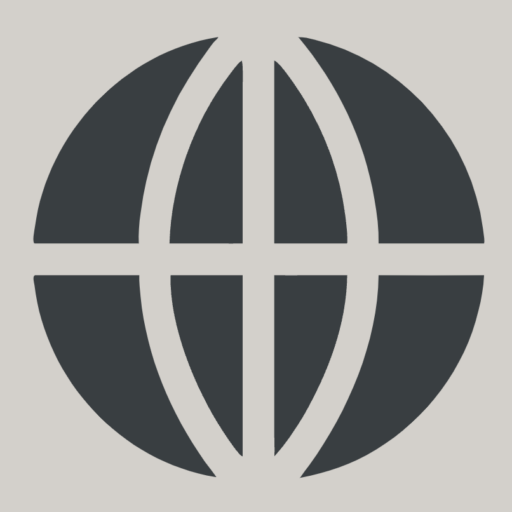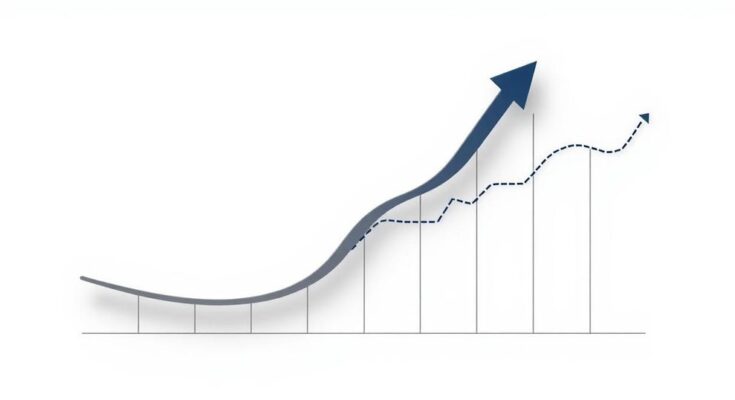Brazil’s central bank raised the Selic rate to 14.25%, expecting a smaller increase in future meetings as it monitors economic signs. Newly appointed Governor Gabriel Galipolo is under scrutiny to balance inflation targets with government stimulus measures. Analysts predict continued tightening with a hawkish outlook despite recent economic resilience.
On Wednesday, Brazil’s central bank implemented a 100 basis point increase in interest rates for the third consecutive time, raising the benchmark Selic rate to 14.25%. This decision, made unanimously by the Central Bank’s rate-setting committee, Copom, aligns with the predictions from economists surveyed by Reuters. In their announcement, policymakers indicated that they expect the next rate adjustment to be of a smaller magnitude, contingent upon future economic conditions.
The market’s attention is now focused on the forthcoming steps from the central bank under newly appointed Governor Gabriel Galipolo. Flavio Serrano, chief economist at Banco BMG, expressed his belief that the next monetary meeting could result in a 50 basis point hike, which he anticipates will conclude the current tightening cycle. Galipolo, who assumed leadership from Roberto Campos Neto, has maintained the policy guidance established prior to his appointment, which projected additional tightening measures this quarter.
As Governor Galipolo strives to align inflation rates with targets set by the central bank, he faces the challenge of balancing President Lula’s economic stimulus measures amidst low approval ratings. On the same day, the U.S. Federal Reserve decided to maintain rates, evaluating the influence of new policies under the Trump administration. Brazil’s monetary policy statement underscored ongoing global challenges, particularly regarding U.S. economic policies and trade uncertainties.
Despite a strong performance of Brazil’s currency against the U.S. dollar this year, long-term inflation expectations continue to decline, raising concerns about achieving the official 3% inflation target. Policymakers are closely monitoring signs of an economic slowdown, with recent data indicating a decline in activity yet some resilience in early indicators for the year ahead.
The central bank revised its 2025 inflation forecast downward to 5.1% from an earlier projection of 5.2%. Additionally, it now anticipates a 3.9% inflation rate for the third quarter of 2026, slightly revised from 4.0%. Analysts from JP Morgan noted that the central bank’s statement remains largely hawkish, suggesting the potential for further rate increases in the following months to finalize the tightening cycle at 15.25%.
In conclusion, Brazil’s central bank has raised interest rates to 14.25%, signaling a potential slowdown in future hikes amidst a complicated economic landscape. Governor Gabriel Galipolo’s leadership will be pivotal as he navigates inflation targeting while accommodating government stimulus efforts. The revised inflation outlook reflects cautious yet resilient economic monitoring as Brazilian authorities prepare for upcoming monetary policy meetings.
Original Source: money.usnews.com




